lohri festival
Dates
To be AnnouncedLocation
Northern India (Especially Punjab)Lohri Festival Punjab India
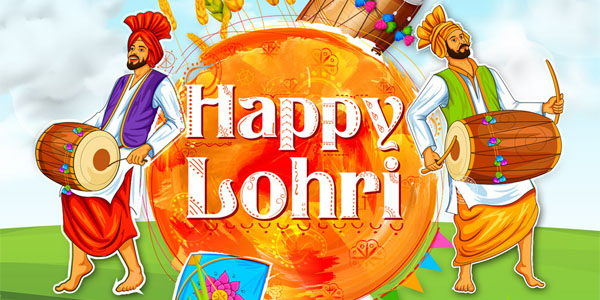
India has countless harvest festivals to offer to the world. One such festival is called Lohri- which is native to the state of Punjab. Punjab being a state whose major revenue comes from agriculture. With the introduction of green revolution, the revenues have increased many folds in this state making it a commercial site for growing crops and has invited more and more population of the state to engage in agriculture.
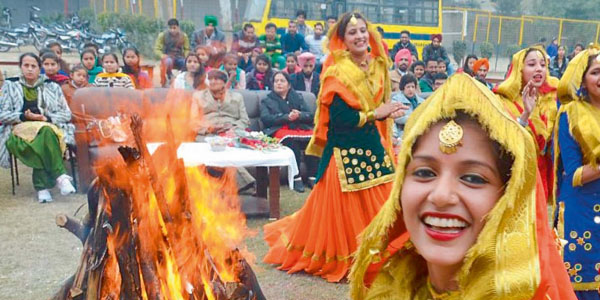
Lohri or LalLoi is a traditional Punjabi festival usually observed by the Hindus and Sikhs of Punjab region to mark the end of winter season and welcome the long sunny days. This day is usually observed right before MakarSankrantior Magh in traditional terms. The term Lohri is derived from the word Loh which in Hindi language stands for light or fire.
The festival of Lohri is usually celebrated in the mid-January, during the time of descending winter and upcoming summer days. This festival is only observed in the northern belt as it is surrounded by the Himalayan mountains due to which the winter observed is more chilling as compared to other states of India. Lohri is typically celebrated to ask God for sunny days and for greener and healthy crops.
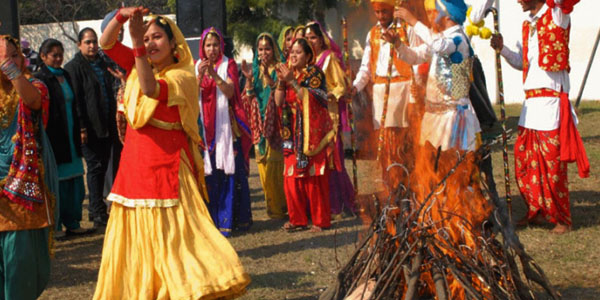
The mythology of Lohri is quite interesting, it’s based on one person named DullaBhatti, who was a local thief for the rich but a savior for the poor. He saved young girls from the shaikhs who tried to sell them in the slave market. He would save the girls and also arrange their marriages to the worthy ones. Hence his name is also sung in many folk songs sung during the bon fire.
The importance of the bon fire that is lit during the auspicious occasion also has a very deep significance. In order to show respect to the natural elements cow dung and dried branches and twigs are used to start up the fire. Along the sides of the fire, milk and water are poured and sesame seeds (til), gudh and sugar candies are tossed in the fire. The bon fire usually starts at dusk to pray that the coming days must last longer than before and to show that winter has almost come to an end and it is the beginning of spring.
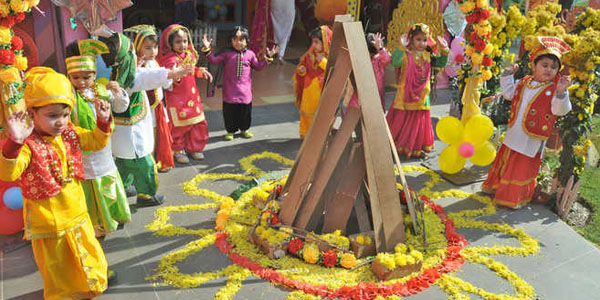
The state of Punjab is famous for its rich food and vibrant colored clothing that people wear, but during this festival of Lohri, the colors are even more highlighted and enhanced and bring up an environment of positive vibes and enthusiastic attitude. It is not just a festival for farmers living in the rural land but is also an opportunity for the native people of Punjab living in cities to interact with their family and friends.
A huge bon fire is made into which til (sesame seeds), gudh (jaggery) and nuts are thrown. Traditional dance forms like gidda and bhangra are done around the bon fire with dhol and nagadas beating in the background. People wear their traditional attires usually made out of silk. While dancing, the ladies also sing folklores which are usually about the God of sun. Kids go door to door singing in groups, and when they are done, the families offer them home made sweets and gifts, it is believed to be bad luck if the families deny them these commodities which symbolizes good luck.
A state which is famous for its rich cuisine can never let go of its own festival without offering the guests it’s traditional food items which is makkai di roti and sarsokasaag. This authentic recipe has it’s own fan base within the region as well as the whole country. For dessert, pinniyan or ladoos are served which is made out of sesame seeds and ghee making it extremely rich in taste and texture. Since all these food items can make you very thirsty, a large Patiala glass is a must. And no,we are not talking about alcohol, there is something even better than that which is lassi. Nothing beats lassi which is full of cream in a huge, tall glass.
The Golden Temple, which is one of the sacred places for Sikhs and Hindus, is beautifully decorated during this time of the year. The temple looks mesmerizing in the moonlight in plain sight, but after being decorated it looks breathtaking. Special langar is organized for dinner. Langar can be defined as feeding a large sum of people at the same time. For tourists who want to taste the traditional food items and want to witness the amazing hospitality of the people of Punjab must most definitely visit Amritsar where the temple is situated. Visitors are also welcome to help in the kitchen and clean the premises of the temple.
Lohri, for the newlyweds and also newborns is like a festival within the family itself. The newly wed bride dresses up in their traditional attires which is salwar suit and puts on all the makeup articles a bride is supposed to wear which is traditionally called as solahshringar which means sixteen make up articles which a bride wears to look beautiful. The Pooja is initiated by the newlywed couple and then they seek blessings from the elder members of their family who offer them with various gifts and articles.
In case of a newly born child, the mother sits with the new born in front of the bon fire and the elder members of the family and the group of friends offer her and her child with blessings and gifts. The mother is dressed very beautifully and is the center of attraction of that particular household.
The occasion of Lohri not only brings families and friends together, but with the set of a mela or fair, it even brings strangers together. For tourists visiting this place for the first time can take the advantage of this mela and buy a lot of amazing articles which certainly represents their bravery like talwars or katars, kadasand fulkaridupattas which are available at affordable prices. The state is not very expensive in case one wants to buy authentic goods or food.
The state of Punjab has a lot to offer, besides it’s greenery and enthusiastic attitude, the state has a lot of tourist attractions and stories to tell about their brave worriers. However, the peak time to visit this beautiful state is around mid-January as the weather is quite pleasant and cozy. It is not just a state with green revolution in its pocket, it’s a state with huge amount of pride and bold attitude.
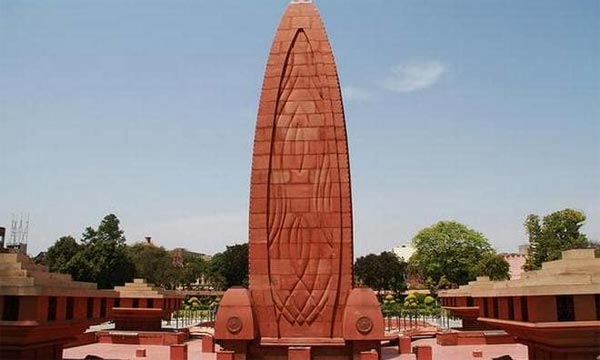
Rajasthan Tour Package from Amritsar
Amritsar - Jammu
Srinagar - Delhi - Jodhpur - Jaisalmer - Udaipur - Jaipur - Agra - Delhi
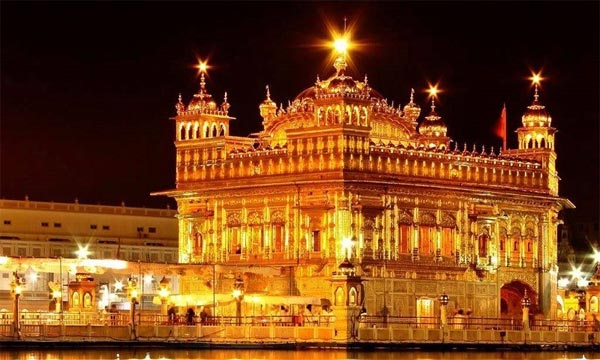
Himachal Tour Package from Amritsar
Amritsar - Dharamsala
Manali - Shimla - Chandigarh - Delhi
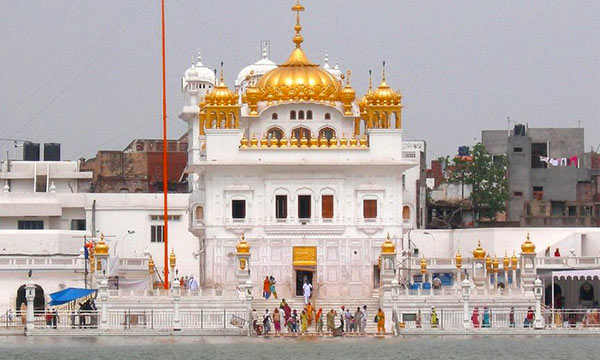
India spiritual tour from Amritsar
Amritsar - Chandigarh
Rishikesh - Haridwar - Delhi - Lucknow - Varanasi - Agra - Jaipur - Delhi
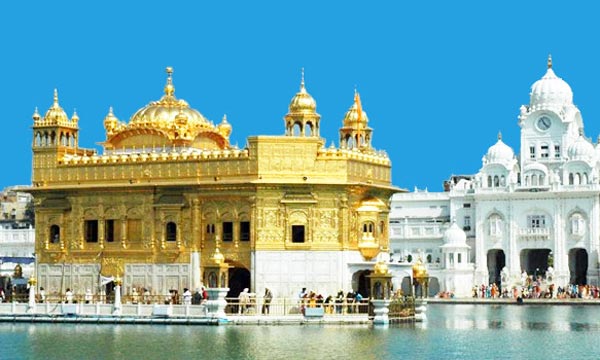
Golden Triangle Tour from Amritsar
Amritsar - Chandigarh
Rishikesh - Haridwar - New Delhi - Jaipur - Agra - Delhi









